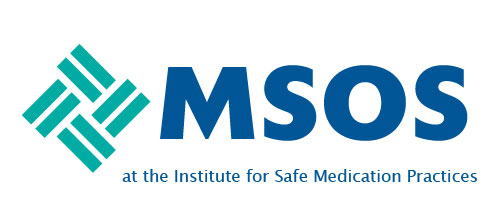Implementation strategies of financial navigation and its effects on alleviating financial toxicity among cancer survivors: a systematic review
This systematic review aims to identify the implementation strategies of financial navigation and systematically synthesise its effects on mitigating financial toxicity among cancer survivors, based on the theoretical framework of implementation science.
MethodsMedline, Web of Science Core Collection, ScienceDirect and ProQuest Health & Medical Collection databases were searched for studies published before 22 August 2023. We sought original research on financial navigation interventions among adult cancer survivors with financial toxicity in healthcare settings. The Revised Cochrane risk-of-bias tool for randomised trials, 2.0 and the Risk Of Bias In Non-randomised Studies of Interventions-I were used to assess the risk of bias in included studies. In addition, the implementation strategies of the included studies were categorised and collated based on Expert Recommendations for Implementing Change, and the Consolidated Framework for Implementation Research was adopted to explain barriers and facilities for implementation.
ResultsIn total, 6855 records were screened, yielding 14 full-text articles, which were included (3 randomised clinical trials and 11 non-randomised studies). ‘Train and educate stakeholders’ (n=13 (92.9%)) and ‘use evaluative and iterative strategies’ (n=12 (85.7%)) were the most common implementation strategies in financial navigation. The feasibility of financial navigation is relatively high, but generally hindered by the health condition of cancer survivors, low willingness to participate and insufficient number of navigators to cover all participants. After the intervention, three of seven studies reported statistically significant mitigations in patient-reported financial toxicity. In studies reporting statistically significant outcomes, ‘adapt and tailor to the context’ and ‘change infrastructure’ were proposed as key corresponding recommendations.
ConclusionsFinancial navigation is a potentially beneficial intervention for lessening the financial toxicity of cancer survivors, but more high-level evidence is needed for further validation. Financial navigation combined with the theoretical framework of implementation science provides a foundation for the future realisation of the leap from knowledge to practice.
PROSPERO registration numberCRD42023469114.
